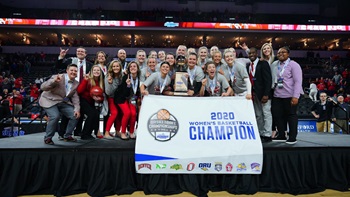First group of USD medical students selected for FARM Program
“The Frontier and Rural Medicine selection committee was very impressed by the quality of applicants for the program. We are confident the communities will be impressed by these students as well,” said Susan Anderson, M.D., director of the FARM program. “Further, we want to express our appreciation for the ongoing support of Gov. Daugaard, the South Dakota Board of Regents and the South Dakota State Legislature in this important new effort,” she added.
The FARM program is a new initiative designed to combat the rural physician shortage by exposing students to the challenges and unique opportunities inherent in rural medicine. Beginning in the fall of 2014, the participants will spend nine intensive months in carefully selected host communities during their third year of medical school, working with local physicians and becoming immersed in the communities.
Rasmussen, first-year medical student, said she was eager to sign up for the FARM program.
“I am so honored and excited to have the opportunity to be a part of the program. Having been raised in Vermillion, which I consider to be a small community, I knew this program was for me,” said Rasmussen. “I am excited to go into another small community and learn about medicine while also getting to know the people who live there.”
Rasmussen, who majored in communication studies at USD, feels her undergraduate education will provide an important skill set when it comes to interacting with a wide variety of patients.
“In every class within my major, I thought about how effective communication would help me deliver the best care to my patients,” she said. “Even if I have all of the necessary medical training, if I can’t communicate effectively with my patients, then I won’t get very far in caring for them.”
Equally excited for the program to get underway is Mark Burket, CEO of Platte Health Center Avera in Platte, S.D., who hopes the FARM program will reinforce students’ desire to practice rural medicine while challenging their perceptions about what is possible within the context of rural health care.
“When we have students here, they see our delivery model, our technology and our e-services, and they develop a greater comfort level with rural medicine and what we are able to do here,” he said.
According to Anderson, the next step is for the FARM participants to visit their communities during the coming months and become acquainted with the people who live and work there.
“Now that both the sites and the students have been selected, the communities and the students can start to build relationships prior to arriving in the communities in fall 2014,” she added.
For more information about the FARM program, please visit www.usd.edu/medical-school/medical-doctor-program/farm.cfm.


